If you want to start farming dairy sheep, you'll no doubt research the best milk-producing sheep available. But what if you get a cranky ewe with horns? How easy is it to milk a sheep in a milking parlor or a homemade stanchion, and should you get a milk-producing ewe with horns or not?
Not all dairy sheep have horns. In most dairy sheep breeds, the ewes are naturally polled. The two most popular dairy sheep breeds in the United States haven't got horns; they are the East Friesian and Lacaune breeds. Dairy sheep with horns are the Chios, Awassi, and Icelandic breeds.
Practically, it's pretty helpful that most dairy sheep don't have horns. Imagine disentangling a feisty ewe with curly horns from her tether after milking. Not to mention the physical threat to the person milking the sheep. It could get messy and stressful for everyone involved. Ewe don't need that, do you?
Not All Dairy Sheep Have Horns
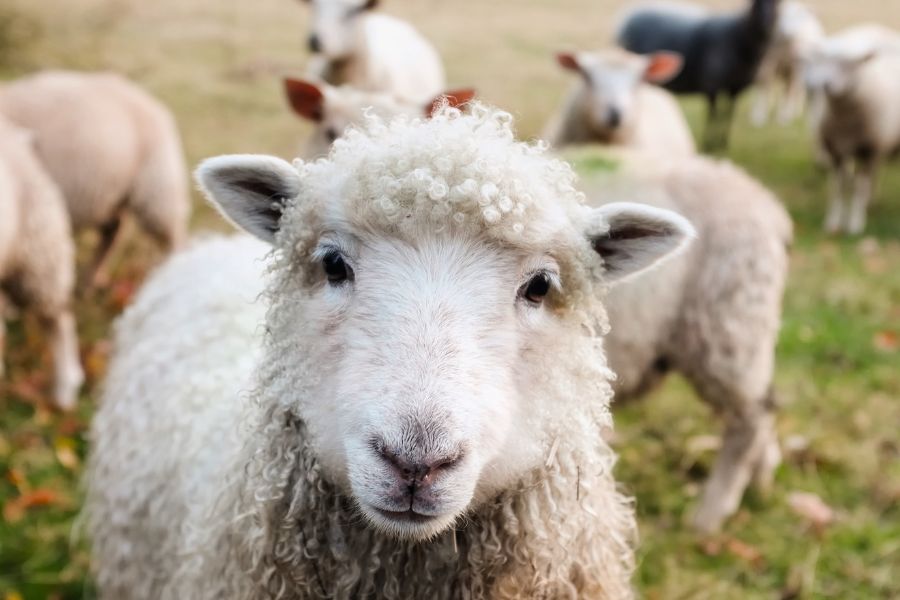
Very few dairy sheep breeds have horns, but some do. In fact, in many sheep breeds, only the rams have horns, while the ewes are generally polled. But first, let's look at the sheep breeds known for their milk production, then see which ones have horns.
A few hundred sheep breeds exist. Some are bred solely for dairy, while others are bred for meat, fleece, or fiber. The most common dairy sheep in the United States are the East Friesian and Lacaune breeds because of their high milk yield. As such, these two breeds are more viable for larger sheep dairies.
Other dairy sheep that are popular but don't produce as much milk as East Friesians or Lacaunes are the following:
- Sarda sheep,
- British Milk Sheep,
- Chios sheep,
- Awassi sheep,
- Assaf sheep,
- Zwartbles sheep,
- Icelandic sheep,
- Katahdin sheep, and
- Finnsheep.
Now that we know some of the sheep used for their dairy, let's see which ones have horns and those that do not.
Dairy Sheep With Horns
Three of the dairy sheep breeds listed above have horns. They are the Chios, Awassi, and Icelandic breeds.
Chios Sheep
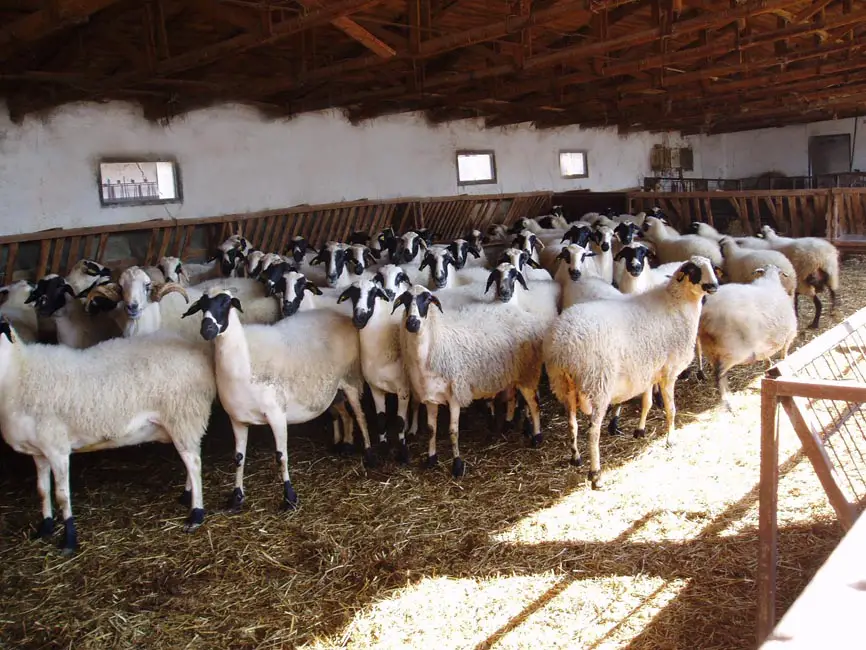
Source: Vabampidis at en.wikipedia, Public domain, via Wikimedia Commons
Chios sheep originated in Greece. Both rams and ewes can have horns, but sometimes the ewes are naturally polled. If a Chios ewe has horns, they are small and knob-like, unlike the rams with large, spiraled horns.
Chios sheep usually have black spots on their belly, legs, nose, ears, and around their eyes. Mature rams weigh 145 to 200 pounds, while mature ewes weigh 105 to 155 pounds.
Awassi Sheep

Awassi sheep originated in Syria and were predominantly bred for wool and mutton. They have become more prevalent in the United States since 2013. These sheep are much hardier than East Friesian and Lacaune sheep because of the climate in which they originated.
Awassi ewes are excellent milk producers and are doting mothers to their lambs. While most ewes are polled, about 25 percent of Awassi ewes have short horns that are straight or bow-shaped scurs. Awassi rams are known to have large, spiraled horns with strong wrinkles. Mature ewes weigh around 110 pounds, while mature rams can reach 200 pounds.
Icelandic Sheep
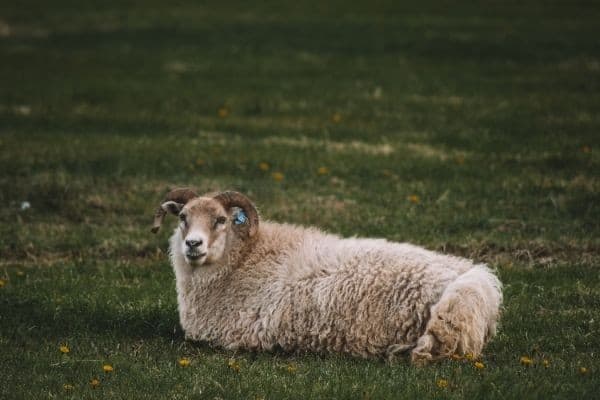
Icelandic sheep are a triple-purpose breed that get their name from Iceland. It's believed that Vikings introduced them to Iceland in the ninth or tenth century. Most ewes and rams have horns, although you will find that sometimes there will be a polled or polycerate (with more than two horns).
These short-tailed sheep are hardy and can acclimatize to harsh weather conditions. They are not bred explicitly for dairy because individuals' production levels are inconsistent. However, Icelandic sheep can make good milking sheep for beginner or small-scale farmers with only pasture as feed.
Dairy Sheep That Are Naturally Polled
Most dairy sheep ewes are naturally polled, even though their male counterparts might have horns. The most common naturally polled dairy ewes come from the following breeds:
- East Friesian,
- Lacaune,
- Sarda,
- British milk,
- Assaf,
- Zwartbles,
- Katahdin, and
- Finnsheep.
East Friesian Sheep
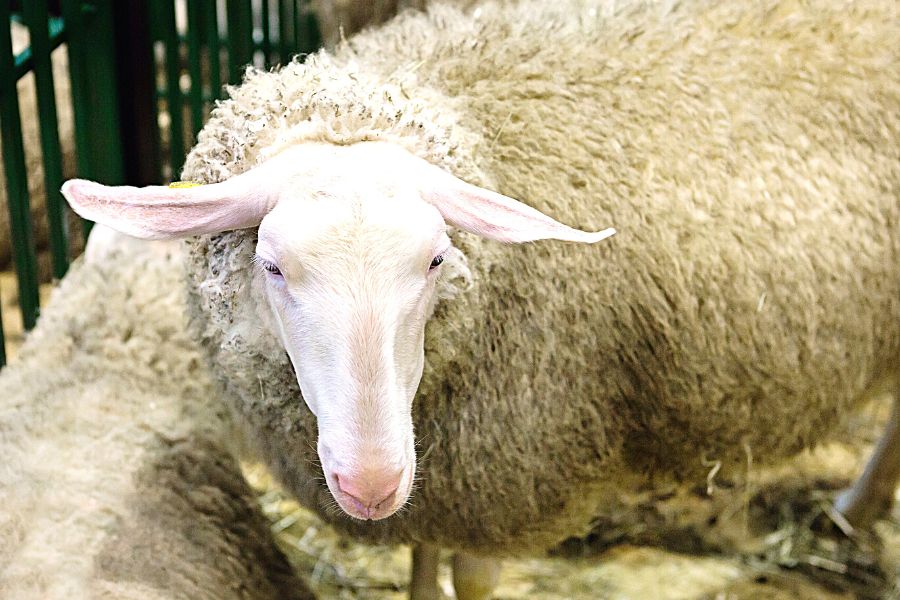
East Friesian sheep are moorland-type sheep that originated in West Friesland and Zeeland, around what is now known as Germany. Much like their dairy-cow counterparts, East Friesian sheep are prolific milk producers. However, they also supply excellent wool, making them dual-purpose sheep.
These naturally polled sheep are usually white with pink noses. However, brown East Friesians exist4. Their most distinctive feature is their "rat tail," which is free of wool and relatively thin. In the United States, they are more concentrated in Wisconsin, New York, and parts of New England.
East Friesians don't do well in large flocks; therefore, they are better suited for smaller-scale dairy farming. Their lack of horns and pleasant disposition make them easier to milk. To get the most out of East Friesians, it helps to crossbreed them with hardier meat-producing sheep breeds.
Lacaune Sheep
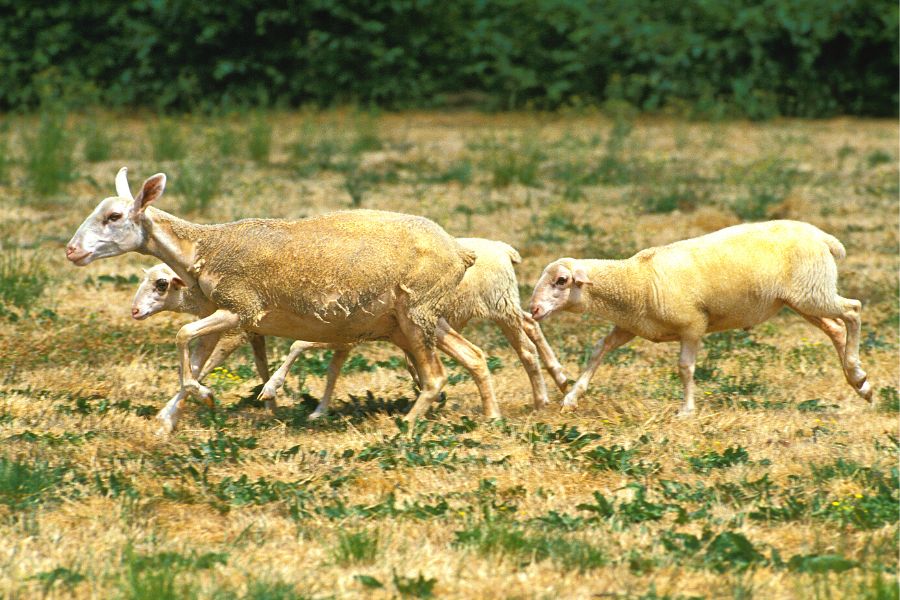
Lacaune sheep are a close second in producing milk, but they are hardier than East Friesian sheep. In addition, when milked, they produce more oxytocin than other sheep, releasing more milk from their deep udders. Lacaune sheep originate from France, and their fattier and protein-rich milk is used in Roquefort cheese production.
The Lacaune breed is naturally polled, and they aren't known for their wool production. This makes them a valuable sheep breed for small-scale farmers who wish to refrain from employing shearers. While their lambing rate isn't as high as other dairy sheep breeds, they are often interbred with other dairy sheep for their lambs' resilience to disease.
Sarda Sheep
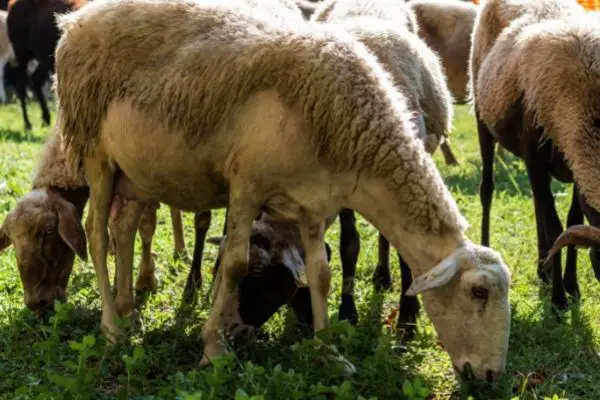
Sarda ewes are polled, while rams of this breed have horns. The Sarda breed hails from Italy, and its milk is used for making Pecorino cheese. Sarda sheep were only recognized as a breed in 1928 in Italy, and they are recognized as the best dairy sheep breed in their country.
British Milk Sheep

British Milk sheep, as their name implies, come from the United Kingdom and are useful as dairy sheep. Both ewes and rams are polled; their faces are white and without wool, while their bodies are robust and large. Mature ewes weigh on average 174 pounds, while mature rams weigh on average 227 pounds.
Assaf Sheep
Assaf sheep originate from Israel and are medium in size. Both ewes and rams are polled, though sometimes the odd one can be born with horns. Assaf sheep are primarily white on their faces and bodies.
Zwartbles Sheep
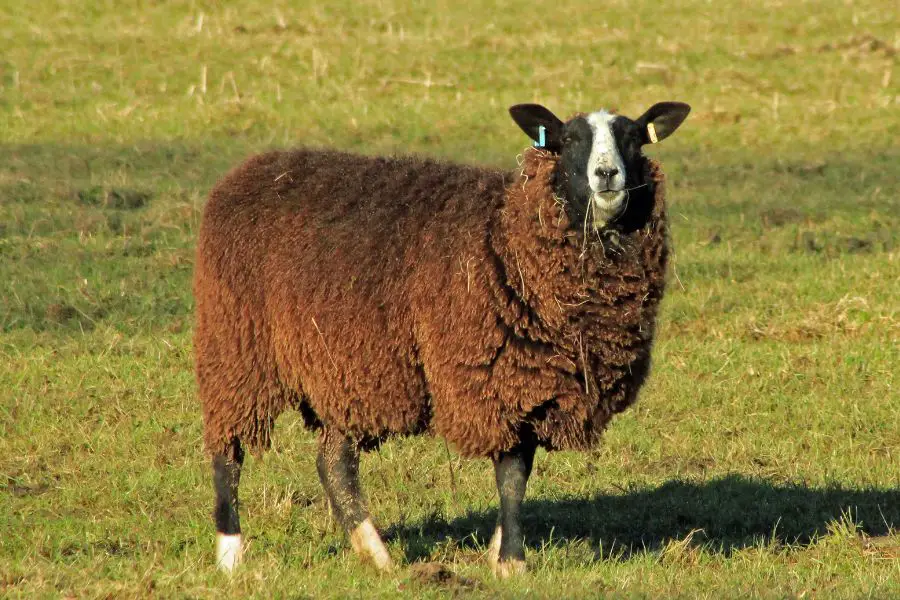
Zwartbles dairy sheep have black or brown fleece and originate from the Netherlands and Friesland areas. Zwartbles sheep have a white blaze on their face, two to four white socks, and a white tail tip. Both Zwartbles ewes and rams are naturally polled.
Katahdin Sheep
Katahdin sheep are bred for their hair fiber in the United States but also provide milk. They originated on the Piel Farm in north central Maine in the 1950s, under the watchful eye of amateur geneticist Michael Piel.
Initially, Katahdin sheep had horns. But, through selective breeding, this breed is now polled and less flighty. Katahdin sheep are a hardy breed resistant to parasitic infections. A ewe from this breed can easily produce half-quart of milk per day, especially if she has had twins.
Finnsheep
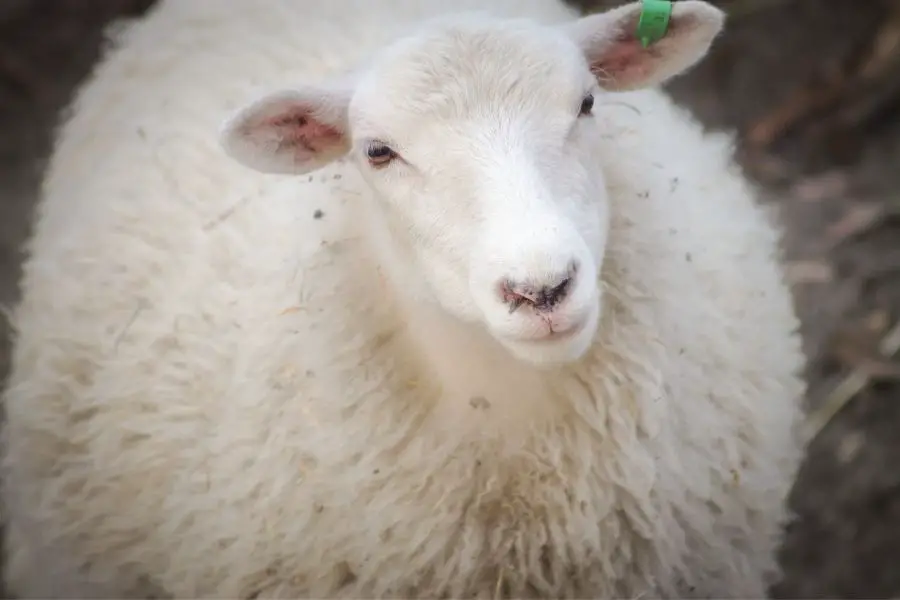
Finnsheep are also known as Finnish Landrace. The University of Manitoba in Canada introduced the breed to North America in 1966. Private breeders later imported their progeny into the United States.
Finnsheep are medium to large, naturally polled, and prolific lambers. In one case, a Finnsheep ewe birthed 7 lambs! Since Finnsheep can produce so much milk for their lambs, they make excellent dairy sheep. They are hardy and can provide wool and meat too. In addition, their size makes them easy to handle in a milking parlor or a stanchion.
Conclusion
Most dairy sheep ewes are naturally polled, meaning they are born without horns. However, depending on the breed, you might find a ewe with a recessive gene resulting in her having horns. As a generalization, though, dairy ewes do not have horns. So, depending on their temperament, it should be easier to milk them without worrying about being hurt in the milking parlor.
